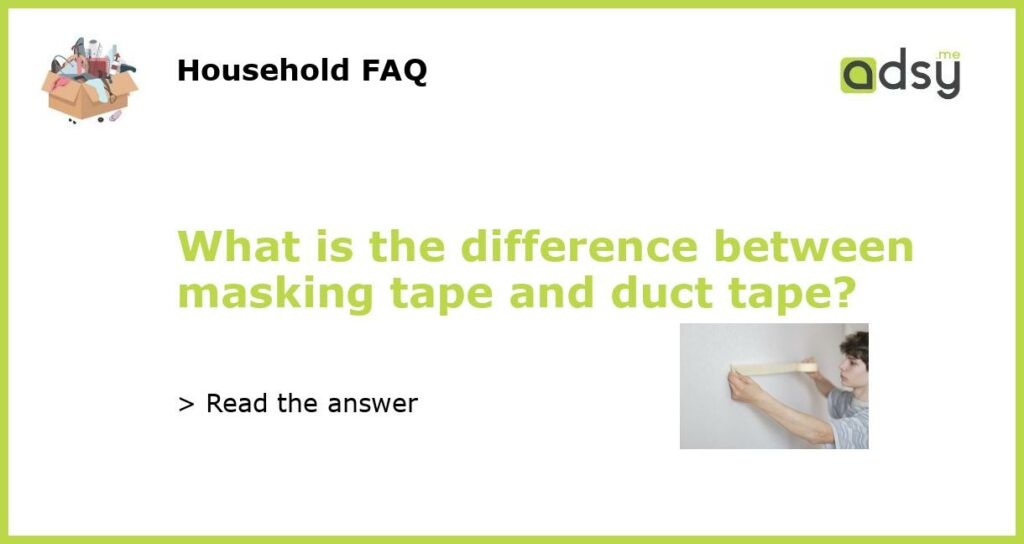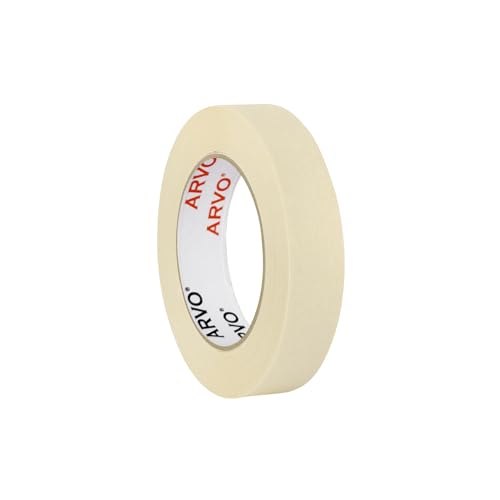Masking Tape vs Duct Tape: Understanding the Key Differences
When it comes to fixing things around the house or office, tapes are our go-to solutions. However, have you ever wondered what sets masking tape and duct tape apart? In this article, we’ll discuss the key differences between these two types of tapes and their uses.
What is Masking Tape?
Masking tape is a type of pressure-sensitive adhesive tape made of a thin, easy-to-tear paper, which is coated with a low-tack adhesive. Due to its easy tearability, it is ideal for masking off areas that shouldn’t be painted, such as skirting boards, window frames, or door frames. It can also be used for labeling, bundling, and wrapping.
What is Duct Tape?
Duct tape is a type of strong, cloth-backed, pressure-sensitive tape, coated with a polyethylene resin adhesive. It is known for its high-tensile strength and water-resistant qualities. Duct tape was first developed during World War II to help waterproof ammunition cases. Today, it is widely used for DIY projects, repairs, and temporary fixes of all kinds.
Differences between Masking Tape and Duct Tape
The main difference between masking tape and duct tape is their adhesive properties. Masking tape has a low-tack adhesive, which means it is easily removable without leaving any residue or damaging the surface it was used on. Duct tape, on the other hand, has a much stronger adhesive that may leave residue or damage surfaces when removed.
Another major difference is their strength. While masking tape is suitable for light-duty applications, such as labeling and temporary fixes, duct tape is considerably stronger and can handle heavy-duty applications, such as bundling pipes, repairing equipment, and even survival situations.
Uses of Masking Tape and Duct Tape
Masking tape is commonly used in painting projects, such as masking off skirting boards, window frames, or door frames, to prevent paint from getting on those surfaces. It is also used in labeling, bundling, and wrapping.
Duct tape, due to its high-strength properties, is used in a wide range of applications, including but not limited to, repairing equipment, bundling, sealing, creating temporary fixes, and even outdoor camping/survival situations.
While masking tape and duct tape may look similar, they have very different properties and uses. Masking tape is ideal for light-duty applications such as labeling, bundling, and wrapping, while duct tape is great for heavy-duty applications, including repairing equipment and creating temporary fixes. So, make sure to choose the right tape for your project needs!






